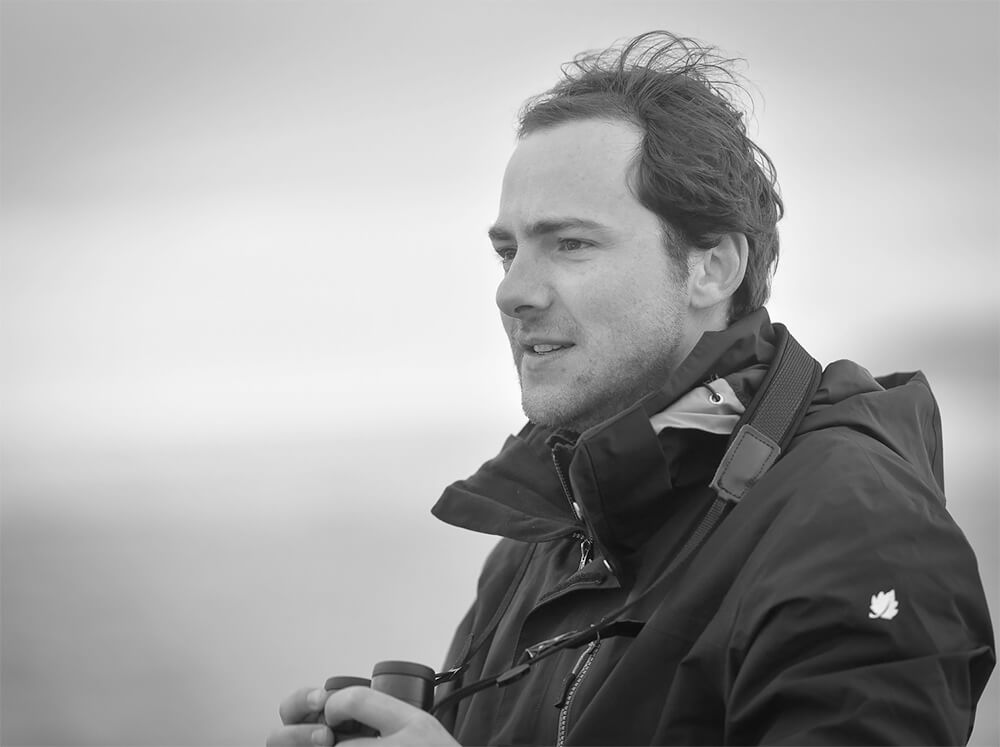Frédéric Demeuse is a Belgian photographer and visual artist based in Brussels, Belgium. He is driven by a boundless passion for the outdoors, capturing the vital energy, beauty, and poetry of the world through his lens. From the smallest details to majestic landscapes, from wildlife to remote primary forests with limitless aesthetics, Frédéric transcribes the world around him into visually idealistic images.
Through his work, Frédéric explores the relationship between humans and the living community, the scale of time, the history of evolution, and what exists beyond the human condition. He uses photography as a raw material, a permanent work of observation and research on light, texture, and composition. His images, inspired by living dreams and pure curiosity, are best expressed in black and white, as the soul of the subject is showcased without any distractions. The serve as a reminder of the importance of our relationship with the biosphere, and the hope that mankind will never forget that it is the most valuable element of our existence and of our community of destiny.
